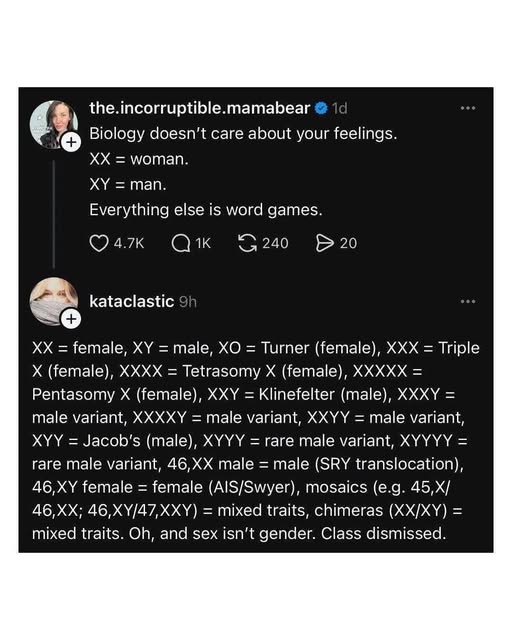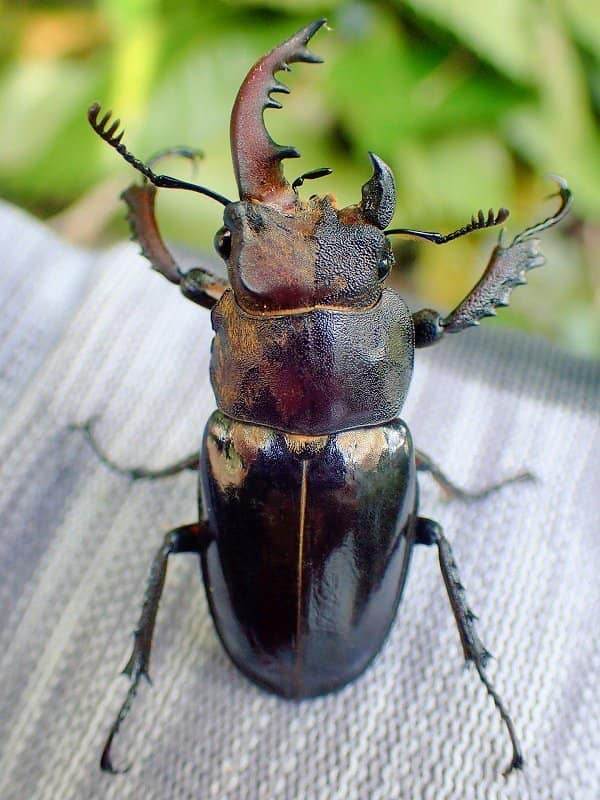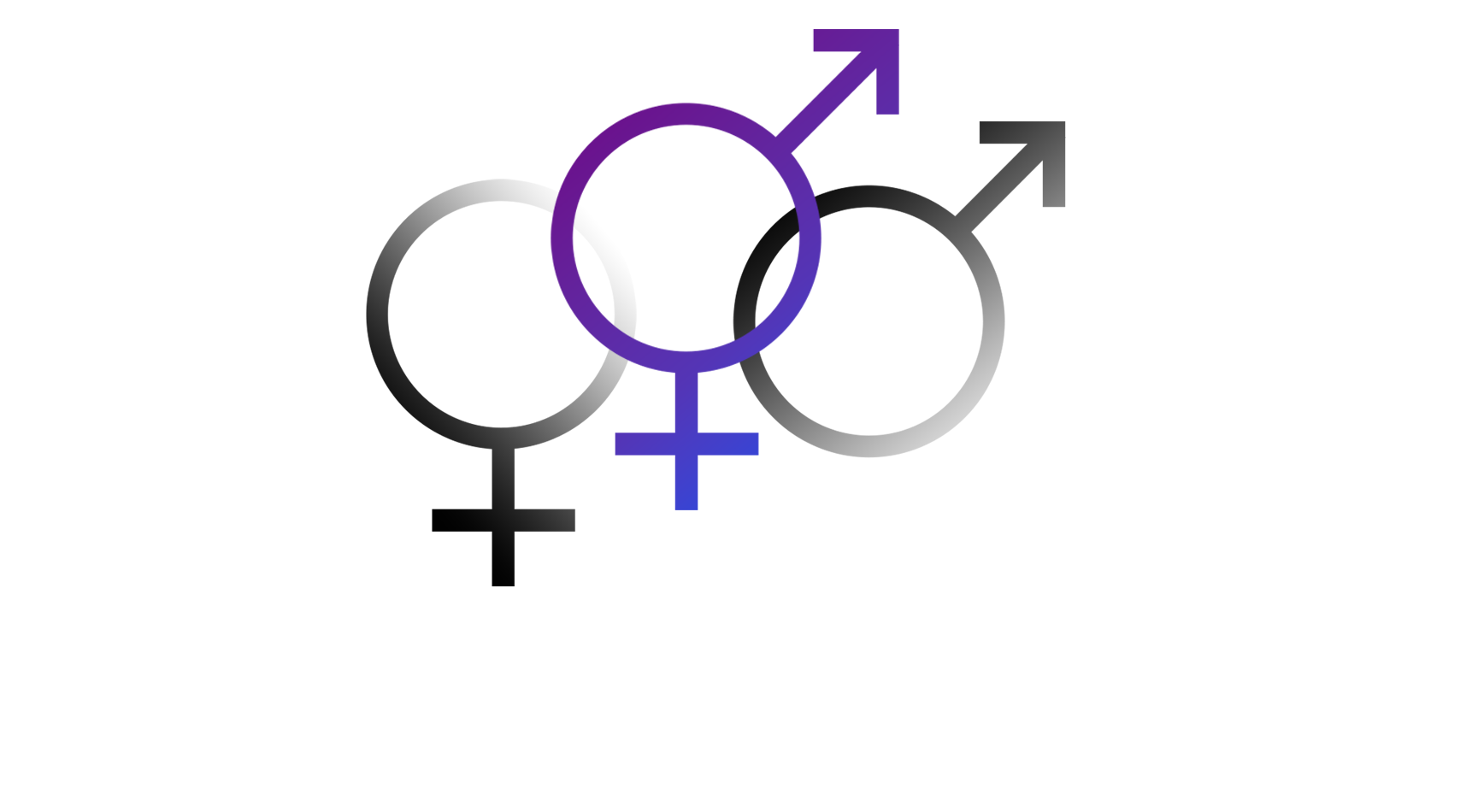What is Gender?
I grew up in the 1970s to 1980s. Gender was viewed as sexually dimorphic, or rather, I was not aware of the variance. The acceptance of homosexuality was becoming more accepted, and along with it, the idea of there being different types of sexualities was starting to filter through. Gender roles were also fairly ingrained. You finished school, went to college, and possibly went to university. Somewhere along the way, you started work. If you had a family, it was females who looked after the children while the males continued to work. At least I wasn’t aware of any males involved in childcare in a family setting, unless circumstances such as losing their partner dictated otherwise. Strangely, the childcare aspect was never discussed, just that they had lost their partner, and that was that.
It seemed to be the general pattern, although my father did cook. I don’t remember how often, just that he did.
Despite this being the pattern, when I left home, I never really had any expectations that this was a ‘set’ pattern. So when I was lucky enough to go onto university to study medicine, and then psychology. Although these widened my knowledge and experience, they did not change my attitude. My openness was already there. My studies were just new knowledge that seemed to mesh and confirm things. Nothing was what I would call ‘eye-opening’.
So I’m quite puzzled why there are so many who don’t just hold to gender as being dimorphic, but are quite vocally/militantly determined they are right and nothing else can be the case – despite the plethora of evidence to the contrary.
A post that’s been widely shared, by Rebecca Helm (@RebeccaRHelm), a biologist and assistant professor at the University of North Carolina, posting as High Seas Science on X on 20 December 2019, sums up the problem:
“Friendly neighborhood biologist here. I see a lot of people are talking about biological sexes and gender right now. Lots of folks make biological sex seem really simple. Well, since it’s so simple, let’s find the biological roots, shall we? Let’s talk about sex…[a thread]
If you know a bit about biology you will probably say that biological sex is caused by chromosomes, XX and you’re female, XY and you’re male. This is “chromosomal sex” but is it “biological sex”? Well…
Turns out there is only ONE GENE on the Y chromosome that really matters to sex. It’s called the SRY gene. During human embryonic development the SRY protein turns on male-associated genes. Having an SRY gene makes you “genetically male”. But is this “biological sex”?
Sometimes that SRY gene pops off the Y chromosome and over to an X chromosome. Surprise! So now you’ve got an X with an SRY and a Y without an SRY. What does this mean?
A Y with no SRY means physically you’re female, chromosomally you’re male (XY) and genetically you’re female (no SRY). An X with an SRY means you’re physically male, chromsomally female (XX) and genetically male (SRY). But biological sex is simple! There must be another answer…
Sex-related genes ultimately turn on hormones in specifics areas on the body, and reception of those hormones by cells throughout the body. Is this the root of “biological sex”??
“Hormonal male” means you produce ‘normal’ levels of male-associated hormones. Except some percentage of females will have higher levels of ‘male’ hormones than some percentage of males. Ditto ditto ‘female’ hormones. And…
…if you’re developing, your body may not produce enough hormones for your genetic sex. Leading you to be genetically male or female, chromosomally male or female, hormonally non-binary, and physically non-binary. Well, except cells have something to say about this…
Maybe cells are the answer to “biological sex”?? Right?? Cells have receptors that “hear” the signal from sex hormones. But sometimes those receptors don’t work. Like a mobile phone that’s on “do not disturb’. Call and cell, they will not answer.
What does this all mean?
It means you may be genetically male or female, chromosomally male or female, hormonally male/female/non-binary, with cells that may or may not hear the male/female/non-binary call, and all this leading to a body that can be male/non-binary/female.
Try out some combinations for yourself. Notice how confusing it gets? Can you point to what the absolute cause of biological sex is? Is it fair to judge people by it?
Of course you could try appealing to the numbers. “Most people are either male or female” you say. Except that as a biologist professor I will tell you…
The reason I don’t have my students look at their own chromosome in class is because people could learn that their chromosomal sex doesn’t match their physical sex, and learning that in the middle of a 10-point assignment is JUST NOT THE TIME.
Biological sex is complicated. Before you discriminate against someone on the basis of “biological sex” & identity, ask yourself: have you seen YOUR chromosomes? Do you know the genes of the people you love? The hormones of the people you work with? The state of their cells?
Since the answer will obviously be no, please be kind, respect people’s right to tell you who they are, and remember that you don’t have all the answers. Again: biology is complicated. Kindness and respect don’t have to be.
Note: Biological classifications exist. XX, XY, XXY XXYY and all manner of variation which is why sex isn’t classified as binary. You can’t have a binary classification system with more than two configurations even if two of those configurations are more common than others.
Biology is a shitshow. Be kind to people.”
Here’s another way of putting some of the problem, spotted in a repost of a response by @kataclastic.

I get the impression that individuals are educated, but at some point, their education has stopped, missing out on a fundamental part of education, which is to be prepared to challenge your knowledge when faced with evidence to the contrary.
And yet we are generally quite happy to accept that Jupiter has 97 moons. Even though only 4 are visible with what the average person has access to in the way of decent optics, all based on the advances in science that have allowed us to view them. But, at the same time, very ready to dismiss out of hand all the variations that can crop up when it comes to genetics, but are evident in the same advances in science.
You can occasionally find other animals that have both male and female parts (gynandromorph). Such as a posted image of a gynandromorph stag beetle.

https://www.reddit.com/r/NatureIsFuckingLit/comments/htdp3y/rare_bilateral_gynandromorph_stag_beetle_the_left/
The point being, if this is possible in animals that are much simpler genetically than us, surely, surely such genetic mixing is more likely in humans given our greater genetic complexity?



